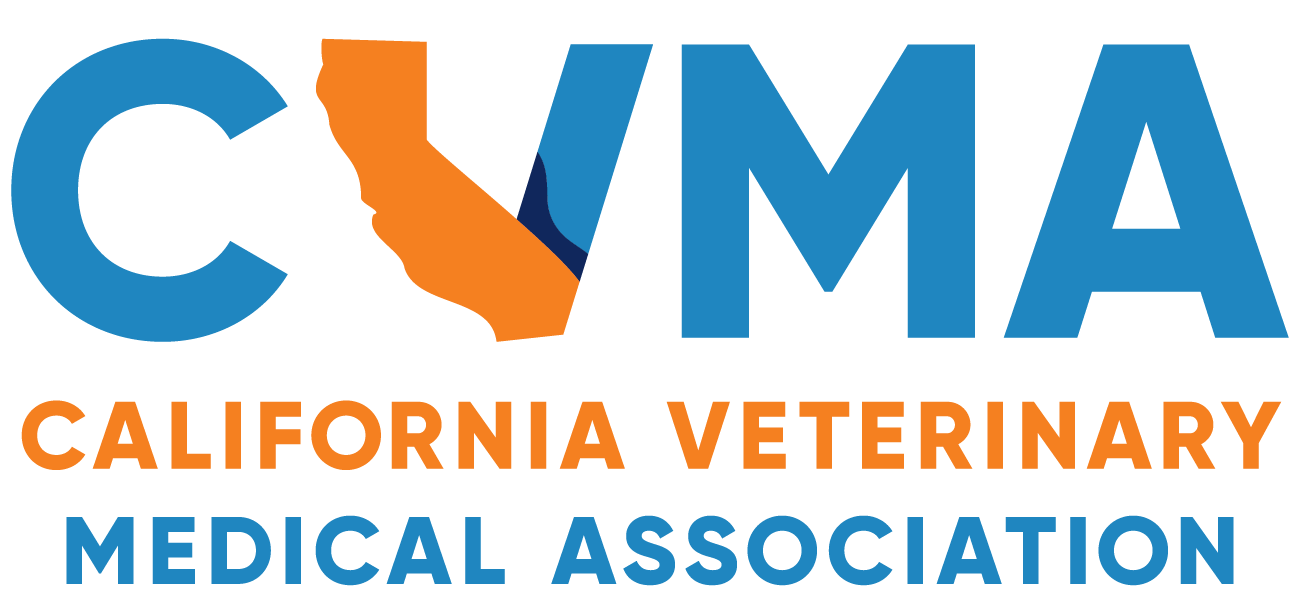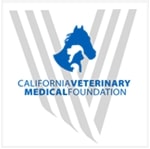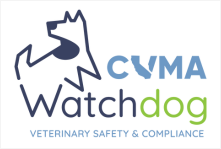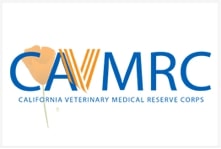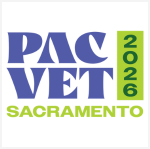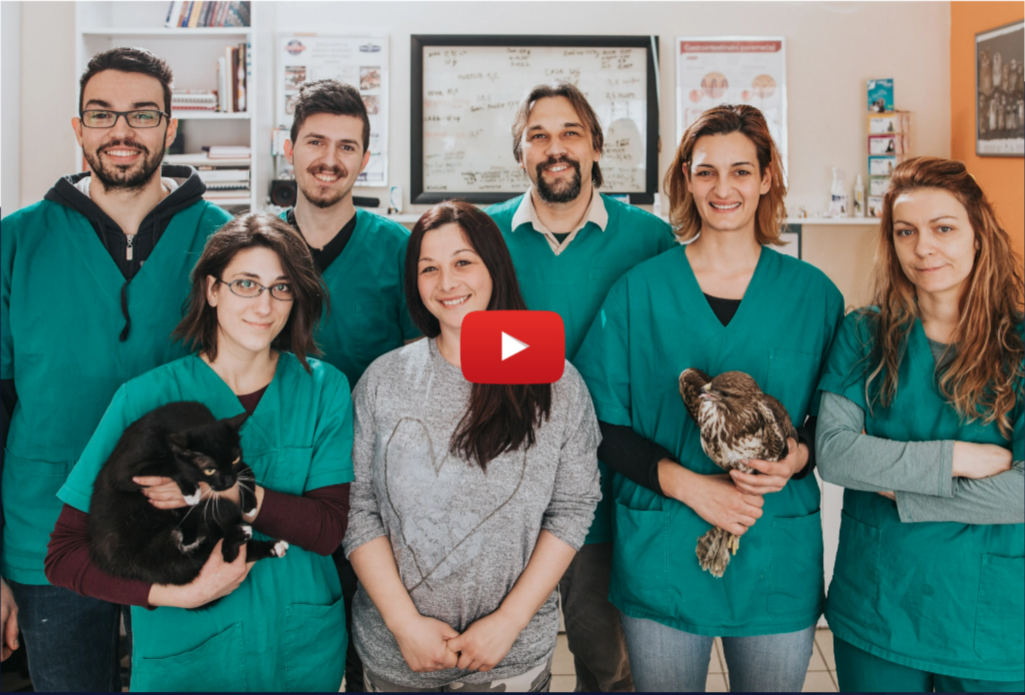This article was originally printed in the Sept/Oct 2025 issue of the California Veterinarian magazine.
In 2015, the CVMA sponsored California legislation to permit drug compounding by veterinarians and registered veterinary technicians (RVTs) to legalize practices that routinely occur when caring for animal patients. California Business and Professions Code Section 4826.5 was enacted in 2016 to affirmatively state that veterinarians and RVTs may compound drugs in a registered veterinary premises in accordance with regulations promulgated by the California Veterinary Medical Board (CVMB). The regulations, which provide the minimum legal standards that must be followed when compounding, are summarized below.
Compounding Definition
Per California Code of Regulations Title 16 (CCR16) Section 2090(a), compounding means any of the following: (1) altering the dosage form or delivery system of a drug; (2) altering the strength of a drug; (3) combining components or active ingredients; or (4) preparing a compounded drug preparation from chemicals. Compounding in a registered veterinary premises may only occur to treat conditions for patients with a current and valid Veterinarian-Client-Patient Relationship (VCPR).
Compounding Examples
Veterinary professionals may be unaware that compounding takes place in veterinary practices daily. A common example is the addition of dextrose or calcium to a bag of intravenous fluids. Another example is when two or more medications are combined to make a skin or ear treatment formulation. Mixing preanesthetic agents into a common syringe or vial also constitutes the act of compounding. For these basic acts, and for more advanced compounding like chemotherapeutic drugs, the minimum standards set forth by the CVMB apply.
Compounding Exemptions
Per CCR16 Section 2090(c), compounding does not include: (1) the reconstitution of a drug pursuant to a manufacturer’s direction(s) for oral, rectal, topical, or injectable administration; (2) the sole act of tablet splitting, tablet crushing, or capsule opening; or (3) the addition of flavoring agent(s) to enhance palatability. Thus, for these acts, compounding minimum standards do not apply.
“General Rules” of Compounding in a Veterinary Practice
CCR16 Section 2091 prohibits veterinary practices from performing compounding that exceeds the veterinarian’s knowledge, skill, facilities, or available equipment. Ultimately, the veterinarian who performs or oversees an RVT in performing the compounding is responsible for ensuring the safety and efficacy of the drug. Thus, the veterinarian must be competently versed in drug compounding standards to whatever level of complexity is involved with making the drug. Compounding of a drug may not occur unless there are no other human or animal drugs approved by the U.S. Food and Drug Administration (FDA) and available that satisfy the need for this preparation.
In nearly all instances, drug compounding shall occur for an individual patient for immediate use. Exceptions to this rule are:
- When a dilution of the ingredients is essential for the safe administration of the preparation. (Such is the case with mixing preanesthetic agents, where it is more prudent to mix a larger vial for multiple patient use than it is to individually draw single-syringe doses for each patient from the ingredient vials.)
- When there is historical documentation of the need, safety, and efficacy of the preparation.
Written Policy and Procedures Requirement
CCR16 Section 2092 requires the maintenance of a written compounding policy and procedures manual. It must contain documentation for the training of an RVT who may perform compounded drug preparations as well as documentation of a quality assurance (QA) program (described below). In addition, it must include a list of required components of the formula document of the drug as well as specific information that must be included in the patient medical record (both below).
Formula Documents
For each compounded drug preparation, the veterinary premises must maintain a formula document that describes how the drug is compounded. At a minimum, it must contain:
(1) Active ingredients to be used
(2) Equipment to be used
(3) Expiration date of the preparation
(4) Inactive ingredients to be used
(5) Specific compounding steps to be used to prepare the drug
(6) Instructions for storage, handling, and administration of the compounded preparation
Patient Records
For each compounded drug preparation, the following must be recorded in the patient record:
(1) Name or initials of the veterinarian who made or supervised the making of a compounded drug preparation and the name or initials of the RVT, if any, who made the compounded drug preparation
(2) Expiration date of the compounded drug preparation
(3) Directions for its storage and administration
(4) Name, amount, and strength of the compounded drug preparation
(5) Date the drug compounded
The veterinarian supervising the compounding of drug preparations is responsible for ensuring adequate training and supervision of the RVT who is compounding the drug preparation as well as for the proper storage of all drugs. Indirect veterinarian supervision is permissible for RVTs performing compounding from FDA-approved ingredients. Direct veterinarian supervision is required if an RVT is compounding a drug from bulk ingredients (reference CCR16 Section 2036).
Expiration Dates
CCR16 Section 2093 states that for nonsterile compounded drugs (such as oral or topical medications), the expiration date shall not exceed either of the following:
(1) 180 days from the date the preparation is compounded
(2) The shortest expiration date of any ingredient in the non-sterile compounded drug preparation
For sterile compounded drugs (such as injectable or ophthalmic medications), the expiration date shall not exceed either of the following:
(1) 30 days from the date the preparation is compounded
(2) The shortest expiration date or beyond use date of any ingredient in the sterile compounded drug preparation
Compounded Drug Labeling
CCR16 Section 2094 requires the following to be on the label of a compounded drug:
(1) Name, strength, and quantity of each ingredient
(2) Expiration date
(3) Lot number or control number assigned by the preparer
(4) Name or initials of the preparer
(5) Date of drug preparation
In addition, if the drug is to be dispensed to a client for use on an animal at home, traditional client labeling information must be included pursuant to CCR16 Section 2032.2. Compounded drugs that do not comply with minimum labeling standards are considered misbranded. This is a frequent violation encountered by the CVMB during veterinary practice inspections.
Quality Assurance
CCR16 Section 2095 requires that a veterinary premises that engages in compounding drug preparations must establish a QA program that documents and assesses medication errors to determine cause and an appropriate response. The purpose of the QA program is to assess errors that occur in the compounding of drug preparations and to evaluate and document adverse reactions of animal patients to compounded drug preparations. When a veterinarian determines that a medication error has occurred, the veterinarian must immediately communicate that occurrence to the client or the client’s representative and the steps required to avoid injury or mitigate the error.
Closing
While the aforementioned obligations may seem burdensome, many of them are required to establish compounding procedures in a veterinary practice and, once in place, will not need to be changed unless a compounded drug formulation or production methodology changes. The statutory authorization for veterinary practices to compound medications helps to ensure that patients receive the medications that they need but should not be taken for granted. Compliance with the requirements outlined in the article will help ensure that compounding is performed safely and effectively in veterinary practices.
This article is for informational and general educational purposes only. It is not intended to take the place of legal advice, nor should it be considered as a legal interpretation. Although significant effort has been made to ensure the accuracy and completeness of the information at the time of publication, the CVMA shall not be responsible for any errors or omissions, or any agency’s interpretation, application, or enforcement of the information presented herein.
